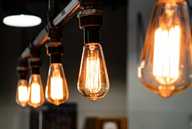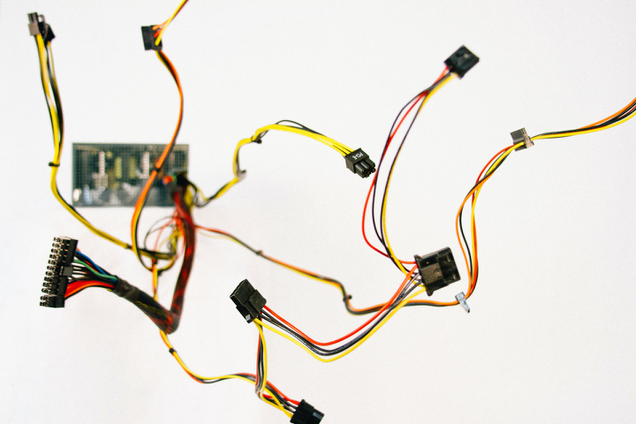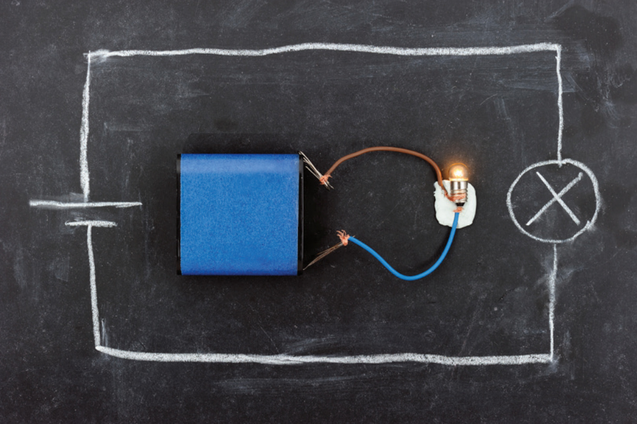Lighting Up Time
You will need pictures of ordinary (incandescent) light bulbs and their low energy (compact fluorescent) counterparts. Several internet sites provide these. Use the first table to convert the watts per hour into kilowatts per hour. The children should then use a calculator to work out how much energy they would save by switching to a low energy bulb, and record their results in the second table.
Using the figure of 9.1p per kilowatt (kWh), or the unit price stated on your electricity bill, calculate the cost-saving of switching to low energy light bulbs. Explain that 1 unit = 1 kilowatt (1000 watts) of power used for 1 hour. Do not ask children to bring in electricity bills from home, as they can be used in identity fraud if mislaid.
Children could also compare bulbs by taking into account how much they cost and how long in hours they last on average. You can find these facts from electricity company websites or manufacturers.
As an extension activity, do a survey of light bulbs used at school or home. Use a spreadsheet for recording wattage, average number of hours used per day, kilowatts used per year and cost, as appropriate for the children’s levels of attainment in maths and ICT. Use a database to produce graphs for comparison of different light bulbs.





